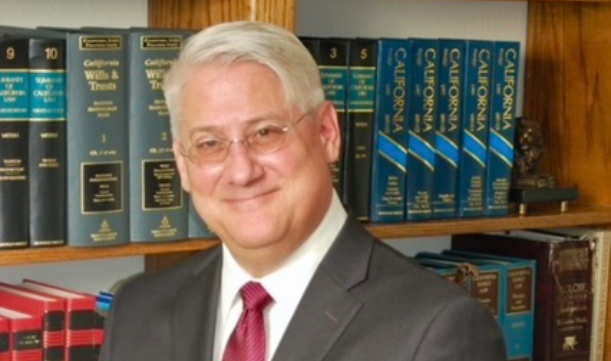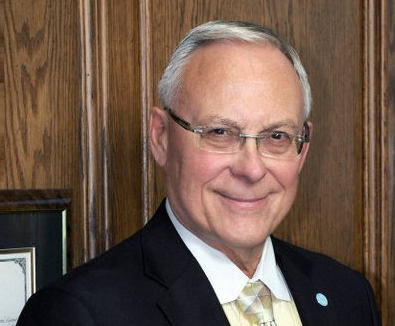The following is a powerful communication exercise developed by America’s native peoples. It was used in tribal counsels to insure everybody was heard and any resentments were addressed.
The parties sit facing each other with notepaper and writing utensils. The person who asked for the ceremony is designated “the Speaker.” During the ceremony, the Speaker may hold some item designated as the “talking stick” in their hands, while the other person (the “Listener”) should hold paper and pen for note taking.
1. The Speaker begins saying what he/she wants to say to the Listener while the Listener takes detailed notes. The Listener does not comment or interrupt except to ask non-accusatory clarifying questions. “So you’re calling me a liar” is not appropriate. “So you heard me say, ‘I missed the bus’.” is acceptable.
2. When the Speaker has said everything they need to say and they feel “empty”, the Listener repeats back what he/she heard in their own words (direct quotes are okay). If the Listener misstates what they heard, the Speaker may interrupt to correct them.
3. When the Listener has repeated everything to the Speaker’s satisfaction, the Listener asks if the Speaker has anything they wish to add. If the Speaker wishes to say more, go back to step 1. Repeat steps 1-3 until the Speaker is “empty”.
4. Only when the Speaker is empty does the Listener get to respond to the things the Speaker said. Step 4 is actually a reversal of roles; the Listener becomes the Speaker and the Speaker the Listener, bound by the same rules as before but reversed. With the roles now reversed, the parties go through steps 1-3 as many times as necessary until the new Speaker feels empty. Once empty, the parties may switch roles again and continue the exercise as many times are necessary until both parties are empty.
Important notes:
If the parties cannot follow the protocol, schedule a time to reconvene when emotions have subsided..
The Listener may not argue, correct, or do anything else except ask questions with the intention of understanding what the Speaker is saying.
As many tribal groups did not have efficient written language, originally the “Speaker” would speak for shorter intervals to allow the Listener to repeat what was heard more easily. Note taking provides a more efficient and effective exercise, but if the parties find it works better for the Speaker to speak in shorter segments with the Listener repeating what was heard between segments, that is fine. But the roles should not reverse, and the Listener should not respond or comment, until the Speaker is truly empty.
The goal is clear, complete communication, not persuasion. If both parties walk away feeling they have been heard, the exercise is a success.













